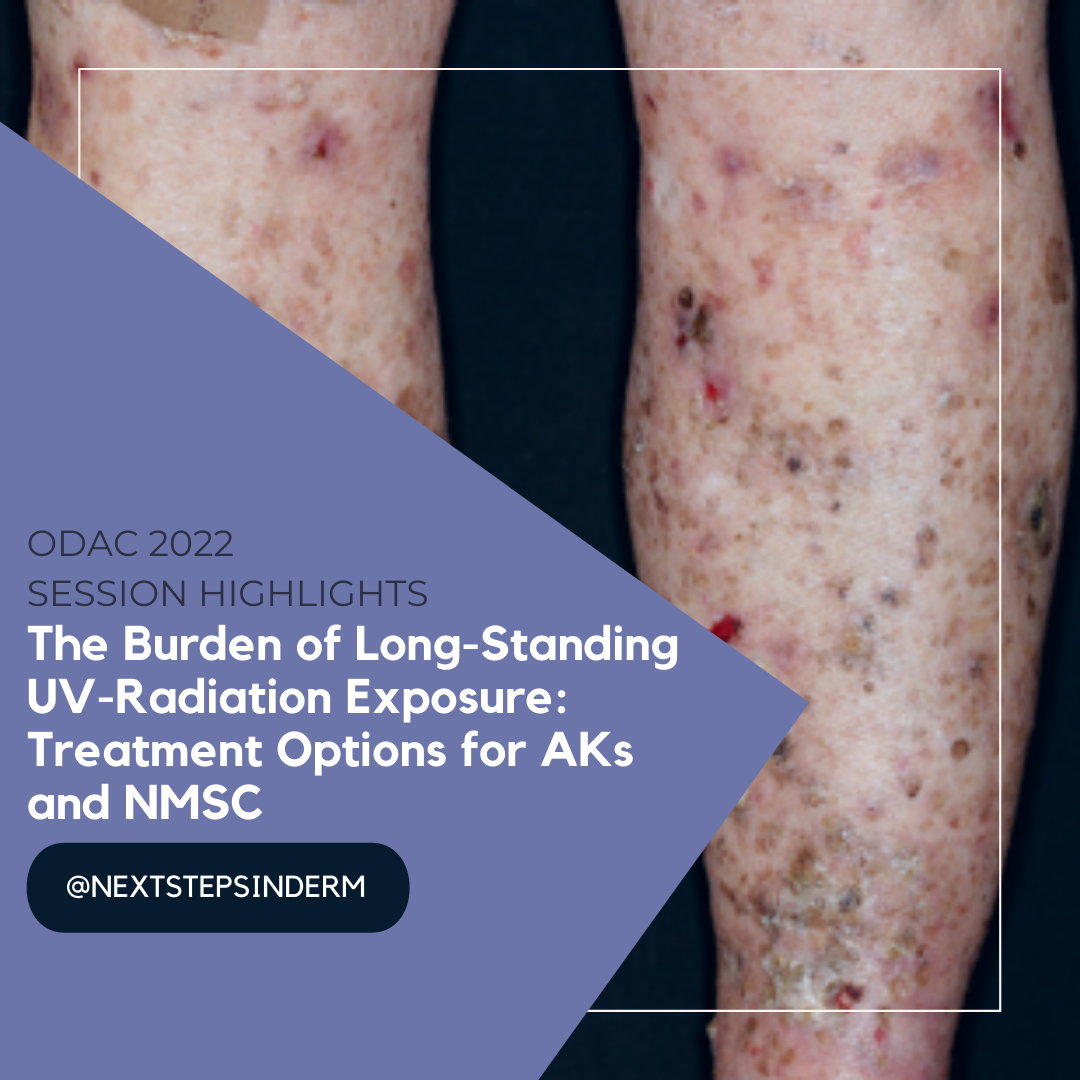JDD February 2023 Issue Highlights
171321713217132 The February issue of the Journal of Drugs in Dermatology (JDD) includes the perfect blend of original articles, case reports, and brief communications exploring topics such as efficacy and safety of 1% clascoterone cream in patients aged ≥12 years with acne vulgaris, dupilumab’s impact on atopic dermatitis among adolescent and adult patients, development and validation of a photonumeric scale …
The February issue of the Journal of Drugs in Dermatology (JDD) includes the perfect blend of original articles, case reports, and brief communications exploring topics such as efficacy and safety of 1% clascoterone cream in patients aged ≥12 years with acne vulgaris, dupilumab’s impact on atopic dermatitis among adolescent and adult patients, development and validation of a photonumeric scale …
 The February issue of the Journal of Drugs in Dermatology (JDD) includes the perfect blend of original articles, case reports, and brief communications exploring topics such as efficacy and safety of 1% clascoterone cream in patients aged ≥12 years with acne vulgaris, dupilumab’s impact on atopic dermatitis among adolescent and adult patients, development and validation of a photonumeric scale …
The February issue of the Journal of Drugs in Dermatology (JDD) includes the perfect blend of original articles, case reports, and brief communications exploring topics such as efficacy and safety of 1% clascoterone cream in patients aged ≥12 years with acne vulgaris, dupilumab’s impact on atopic dermatitis among adolescent and adult patients, development and validation of a photonumeric scale … 

 The August issue of the Journal of Drugs in Dermatology (JDD) focuses on Psoriasis and features mix of original articles, editorials, and case reports. Among many of the topics explored in this issue are treatment of scalp psoriasis, nail psoriasis, respiratory tract infections in patients using biologics for hidradenitis suppurativa, classification of actinic keratosis, lichen planus pigmentosus …
The August issue of the Journal of Drugs in Dermatology (JDD) focuses on Psoriasis and features mix of original articles, editorials, and case reports. Among many of the topics explored in this issue are treatment of scalp psoriasis, nail psoriasis, respiratory tract infections in patients using biologics for hidradenitis suppurativa, classification of actinic keratosis, lichen planus pigmentosus …  The March 2022 issue of the Journal of Drugs in Dermatology (JDD) includes the perfect blend of original articles, case reports, and editorials. With topics ranging from acne and psoriasis to Platelet Rich Plasma (PRP) for scarring alopecia and racial differences and their impact on treatment for hidradenitis suppurativa, we share this month’s issue highlights straight from the JDD Editor’s de …
The March 2022 issue of the Journal of Drugs in Dermatology (JDD) includes the perfect blend of original articles, case reports, and editorials. With topics ranging from acne and psoriasis to Platelet Rich Plasma (PRP) for scarring alopecia and racial differences and their impact on treatment for hidradenitis suppurativa, we share this month’s issue highlights straight from the JDD Editor’s de …  The February 2022 issue of the Journal of Drugs in Dermatology (JDD) includes the perfect blend of original articles, case reports, and editorials. With topics ranging from psoriasis and actinic keratoses to artificial intelligence in dermatology and disparities in telemedicine satisfaction, we share this month’s issue highlights straight from the JDD Editor’s desk:
Early Response is Associ …
The February 2022 issue of the Journal of Drugs in Dermatology (JDD) includes the perfect blend of original articles, case reports, and editorials. With topics ranging from psoriasis and actinic keratoses to artificial intelligence in dermatology and disparities in telemedicine satisfaction, we share this month’s issue highlights straight from the JDD Editor’s desk:
Early Response is Associ …  The numbers are staggering when it comes to the management of skin cancer in the United States and worldwide. Signs of chronic exposure to ultraviolet (UV) rays from the sun and/or indoor tanning bed use include solar lentigines, hyperpigmentation, wrinkles and pre-cancerous lesions called actinic keratoses. Actinic Keratoses (AKs) best identified as scaly, pink macules and papules, result from lo …
The numbers are staggering when it comes to the management of skin cancer in the United States and worldwide. Signs of chronic exposure to ultraviolet (UV) rays from the sun and/or indoor tanning bed use include solar lentigines, hyperpigmentation, wrinkles and pre-cancerous lesions called actinic keratoses. Actinic Keratoses (AKs) best identified as scaly, pink macules and papules, result from lo …